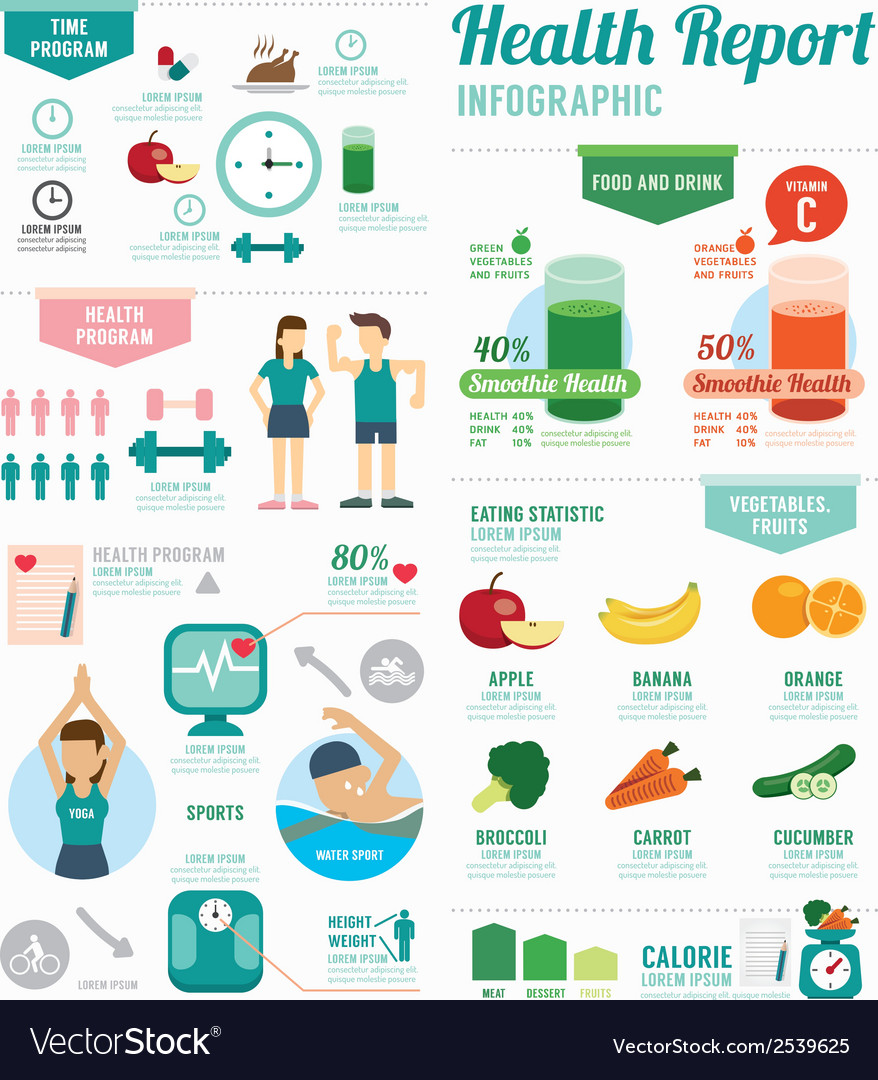Comprehending Various Sorts Of Hernias And The Specialist'S Role

Produced By-Delgado Urquhart
A rupture happens when fat or part of the intestine pushes through muscle that needs to be holding it back. This can be uncomfortable, and it normally will not go away on its own.
In some cases ruptures require to be dealt with operatively. That's when doctors take into consideration choices like launching muscle mass, reinforcing the abdominal wall surface or element splitting up.
Inguinal hernia
A tiny part of the intestinal tract jabs via a vulnerable point in your abdominal muscles near your groin (the inguinal canal is a flow in the reduced part of your abdominal areas that houses blood vessels and nerves, including the spermatic cord for men and the ligaments that sustain a lady's uterus). You can have this hernia repaired operatively.
Throughout surgical treatment, your medical professional can see the hernia making use of a video camera attached to a scope that is placed via numerous small cuts on your stomach. An additional device may be inserted through the same cuts to assist repair the hernia.
After hernia repair service, it's important to follow your physician's advice for staying clear of problems. This suggests reporting any kind of hernial discomfort or pain that comes and goes, or worsens. It's likewise crucial to avoid heavy lifting as well as straining, particularly while you're peing or coughing. A rupture that comes to be trapped and also squeezed loses its blood supply (it's called imprisonment) as well as can pass away, which is a clinical emergency.
Umbilical hernia
In the womb, children go through a tiny opening in between their abdominal wall surface muscle mass near the stubborn belly button (umbilicus). Generally this shuts prior to birth, however often it does not. This causes a hernia in 20 percent of all newborns.
Umbilical ruptures resemble a swelling or bulge in the belly button. They are most obvious when a baby cries or strains. The lump will get smaller or vanish when the kid is calm. Periodically, umbilical hernias obtain stuck (called put behind bars) and also do not get adequate blood supply. This can cause discomfort as well as also fatality of the tissues in the hernia cavity.
The majority of umbilical hernias will certainly close without therapy on their own by age 4. When they do not, doctors at Mount Sinai normally fix them with mesh. This technique is connected with less recurrences than primary stitch repair service. The surgery is done through a tiny cut inside or listed below the belly button. A surgical mesh is put over the hernia site to supply lasting strength.
Incisional hernia
This sort of hernia takes place at the website of a previous medical injury. It typically happens when a loop of the intestine slides via the weakness at the edge of a medical wound that has stopped working to heal properly because of infection or injury.
https://www.verywellhealth.com/hernia-surgery-long-term-care-5070791 is a hazardous hernia since the intestinal tract can end up being incarcerated and call for immediate medical therapy. It can also cause chronic pain, and also the hernia might reoccur also after surgery.
The surgeon could use a thin, lighted extent (called a laparoscope) to make a number of small lacerations (cuts). https://anotepad.com/notes/ffep6kiw , they could eliminate excess fat and also cells around the hernia and also fix the weak area of the stomach wall. They may additionally place in a mesh spot that holds the extending intestinal tract as well as prevents it from pressing through once again. They may close the hernia with dissolvable sutures or clinical glue and also area a plastic or mesh graft over the weak point in the abdomen.
Hiatal hernia
One of the most typical kind of hiatal hernia is a moving (kind I) hernia. This takes place when the junction in between your esophagus and belly extends up with the void in your diaphragm into your upper body dental caries. This can cause heartburn and also problem swallowing.
Larger hernias, called paraesophageal (type II, III as well as IV) or diaphragmatic (kind V) ruptures, can be really harmful and also might require instant surgical treatment. These can cause lung problems as well as pneumonia, or can squeeze the tummy so snugly that its blood supply is cut off.
BWH thoracic surgeons perform laparoscopic surgical treatment to minimize the dimension of hernias as well as to avoid strangulation. This entails making a couple of tiny cuts in your tummy and also putting a tube with a cam that sends out photos to a display. This allows surgeons to see what they are doing and gives a better healing.

